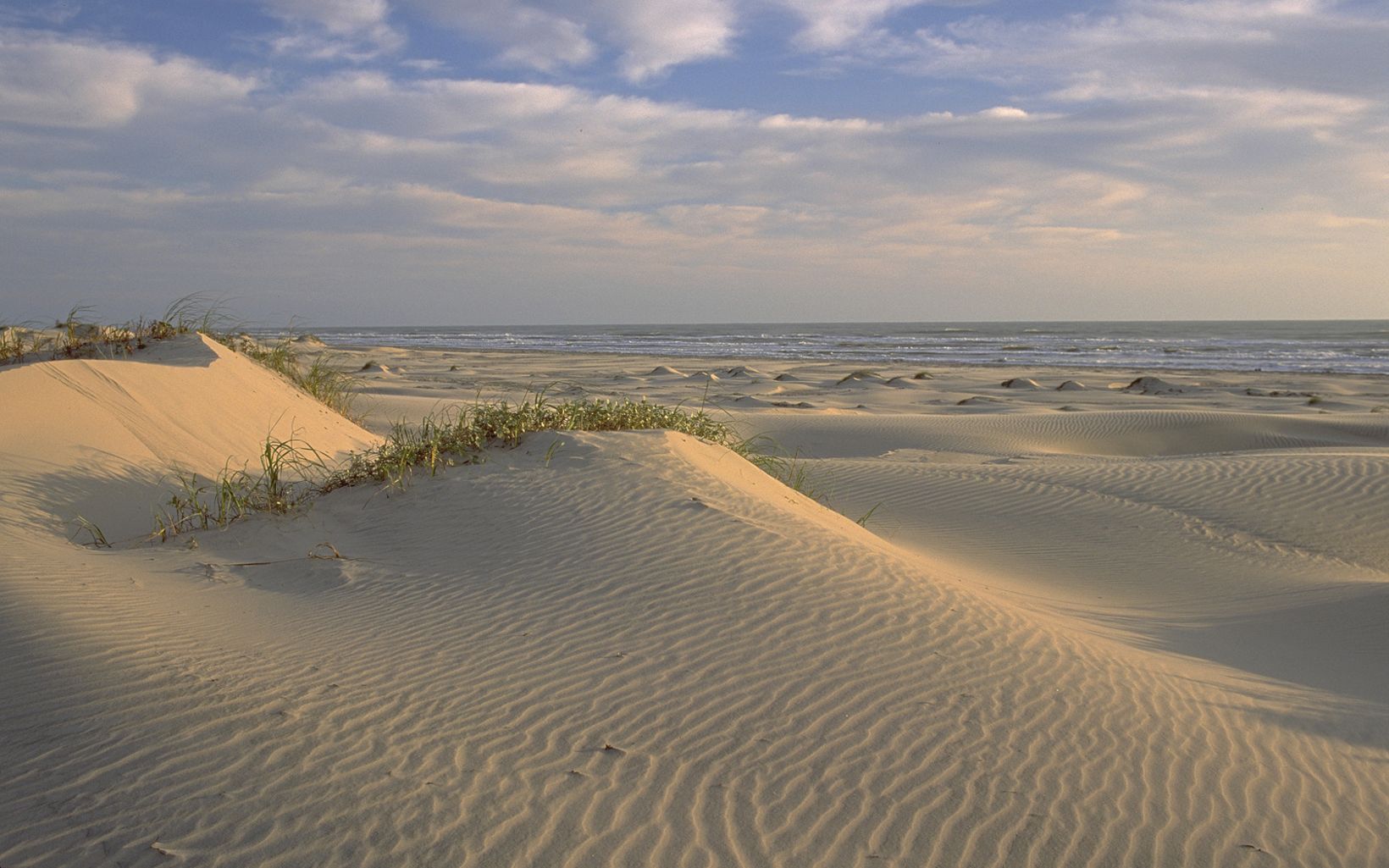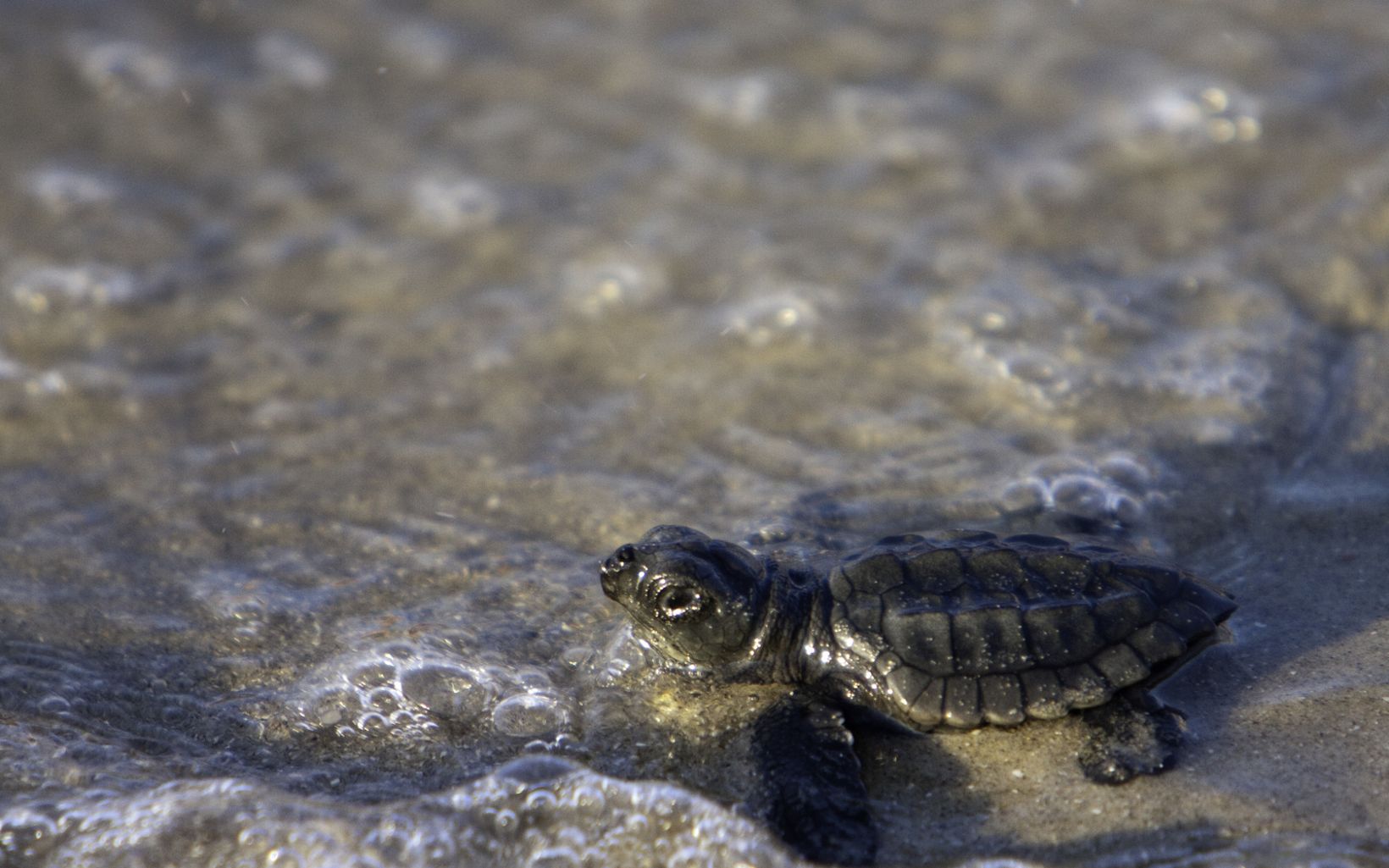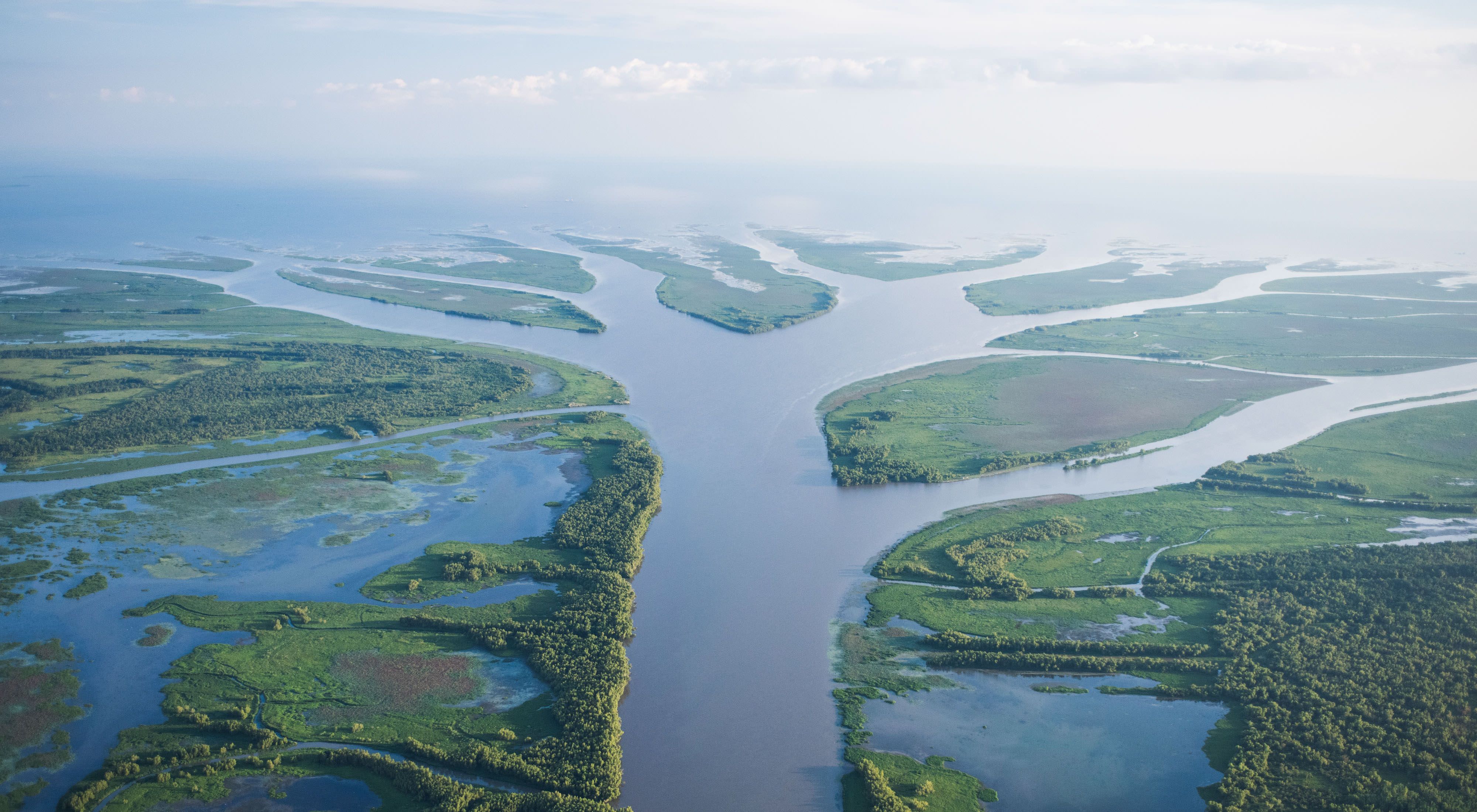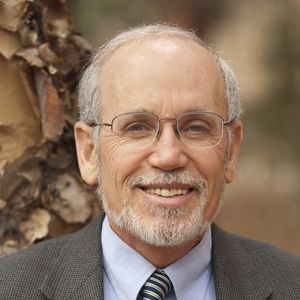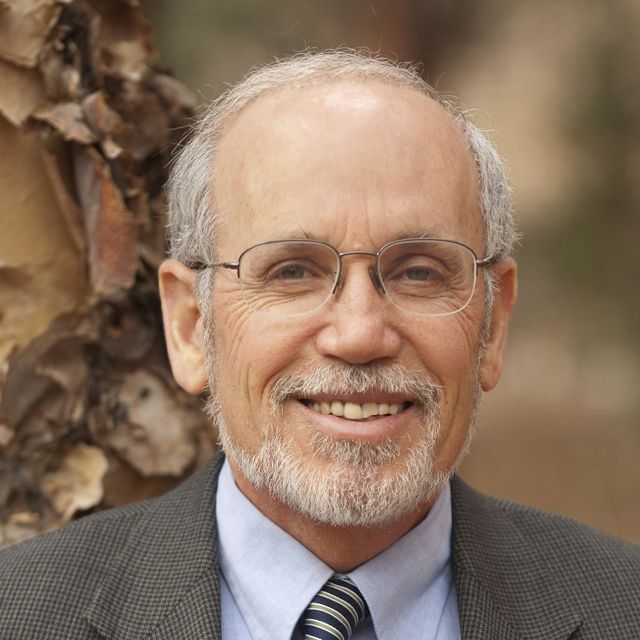Nine Years of Gulf Recovery
Gulf of Mexico restoration work funded by the RESTORE Act has accomplished a lot since 2010, and there is a lot left to do.
Nine years ago, the BP Deepwater Horizon drilling rig exploded in the Gulf of Mexico, killing 11 men and beginning the largest oil spill in U.S. history. For 87 days the broken rig poured a total of at least 134 million gallons of oil into the Gulf, causing widespread environmental and economic damage. In the aftermath of the disaster, federal and state government agencies brought legal actions against BP and other responsible parties to impose penalties for the spill and to obtain funds to compensate for and repair the economic and environmental damage caused by the spilled oil.
The RESTORE Act
In 2012 Congress passed the RESTORE Act to ensure that most of any penalty funds obtained from BP would be reinvested in restoring the Gulf of Mexico. The legal actions against BP and the other responsible parties were settled with more than $20 billion being set aside over a 16-year period for environmental and economic restoration of the Gulf region.
This settlement and the associated actions by Congress and state agencies were unprecedented in U.S. history. Never before had so large or consistent a stream of money been set aside for the restoration of a large and important ecosystem. Because the funding was the result of a court sanctioned settlement, the funds could not be taken away and did not require appropriation by Congress. In addition, new and existing institutions and government processes were given the authority to plan for and allocate the expenditure of the funds.
Read about TNC’s recommendations for oyster restoration work funded by the RESTORE Act.
Quote: Bob Bendick
At a time when there are doubts about the ability of government to get real things done, Gulf restoration is working.
Progress in Restoring the Gulf of Mexico
There were doubts by some at the time about whether all of this would work, about whether the money was enough to make a difference, about whether it would be spent for the lasting benefit of the Gulf, about whether state and local governments had been given too much authority, about the wisdom of setting up a whole new federal agency (The RESTORE Council) to administer some of the money.
While several of the processes to implement the Deepwater Horizon settlement have been slow to get moving, overall it is The Nature Conservancy’s view that Gulf restoration is proceeding in a very positive direction that speaks well for the efforts of local, state, and federal officials, for the scientists doing Gulf research and for the citizens and non-profit organizations who have been involved in the decision-making processes.
Here are some examples:
- In Florida, the state is investing in restoring oyster reefs at several locations including at the mouth of the Suwannee River and in Pensacola Bay. A coalition of agencies and organizations is restoring hydrology and the longleaf pine forest in the watershed of Apalachicola Bay. A paddle trail has been established on the Perdido River. Public access to the shore of the Gulf has been improved at many locations, and local governments are joining forces to solve water quality issues.
- In Alabama, critical conservation lands have been acquired around Grand Bay creating a contiguous corridor of open space of 26,000 acres; other lands have been acquired on Dauphin Island and the Fort Morgan peninsula. Construction is about to begin on the restoration of Lightning Point in Bayou LaBatre to convert degraded areas and battered shorelines into marshes, reefs, and other coastal features that will help shield the Bayou from future storm surge events.
- In Mississippi, extensive and much needed coastal planning and priority setting has been done. Protection and restoration of clean water resources has been prioritized along the Pascagoula River, Wolf River, and coastal streams. Additionally, construction and restoration of Round Island has added to coastal resiliency as well as wildlife habitat. Investments into oyster resources and oyster recycling will add to long term oyster recovery goals for the state.
- In Louisiana, the very large scale Caminada Headlands restoration project and the upcoming Queen Bess Island restoration are helping to re-establish barrier islands to protect Louisiana’s disappearing marshes.
- In Texas, the state has undertaken extensive coastal land acquisition such as through the purchase of the 17,000-acre Powderhorn Ranch near Matagorda Bay and barrier beach land on South Padre Island. Large-scale oyster reef projects are underway in Copano Bay and Galveston Bay, restoring over 100-acres of harvestable and sanctuary reefs.
- And across the Gulf, young adults are being put to work in successful hands-on restoration projects through GulfCorps, a program run by The Nature Conservancy and other partners with funding from the RESTORE Council channeled through NOAA.
These are just a sampling of projects completed or underway, and, of course there is much, much more to do, but the point is, at a time when there are doubts about the ability of government to get real things done, Gulf restoration is working. This does not mean that it is time for The Nature Conservancy or for any of the other stakeholders in Gulf restoration to relax. On the contrary the progress being made in Gulf restoration demonstrates that when government agencies work constructively together and with non-profit organizations, when funds are reliably available, when the public values a resource like the Gulf, it is possible to accomplish great and lasting things that will benefit people and the environment now and for the years to come.
Gulf of Mexico Restoration Projects




